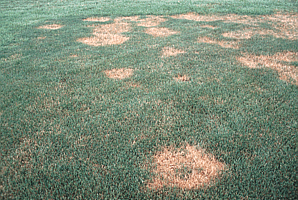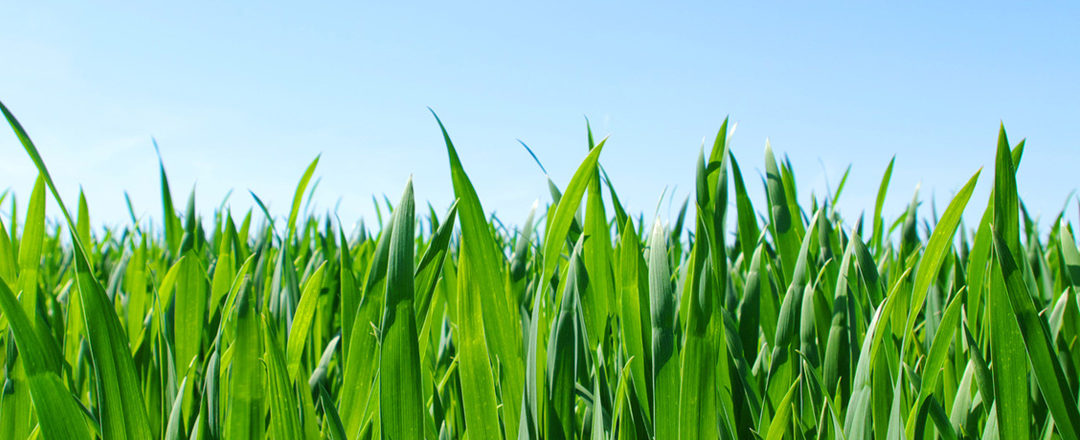Maintaining a healthy, vigorously growing lawn is the best way to prevent a lawn disease outbreak in turfgrass. Each square foot of turf contains about 500 to 1,000 individual plants, each requiring optimum amounts of water and fertilizer, the right mowing program, and an aerated, well-drained soil. If any of these factors are missing or in excess, the grass may become stressed and more susceptible to disease.
Many common lawn diseases are active only under specific conditions and will affect the lawn only for a short time. When the weather becomes more favorable to growth of the grass, the lawn will often recover on its own if proper practices are followed. However, if conditions and practices that favor disease are allowed to continue, the result can be long-term damage to the lawn that is difficult to fix.
The cause of lawn damage is often difficult to identify, and diseases aren’t always the primary cause. It’s a good idea to inspect your lawn once a week to immediately identify problems and act quickly to determine the cause before it’s too late. Diseases tend to start off as small patches or spots of dying grasses that spread over time.
Tuff Turf Lawn Care can identify diseases for you and suggest treatment, but we need your help by calling us when you see problems with your grass. We will also help you understand the characteristics and potential such diseases can have on your lawn.
Brown Patch or Nectrotic Ring Spot
Areas affected by Brown Patch / NRS are initially roughly circular, varying in size from one to five feet or more. It is a foliar disease that does not affect crowns or roots. During early morning hours, fine strands of grayish, cobwebby fungal growth (mycelium) may be evident at the margin of actively developing patches. The band (often called a smoke ring) is caused by advancing mycelium and water-soaked infected grass blades. This “smoke ring” disappears quickly as the dew dries. It may sometimes be mistaken with Snow Mold.
These are some of the most common lawn diseases in the Western Michigan area.
- Dollar Spot
- Red Thread or Pink Patch
- Leaf Spot Disease Melting Out, Going Out, Leaf Blotch
- Snow Mold
- Necrotic Ring Spot
- Rust


